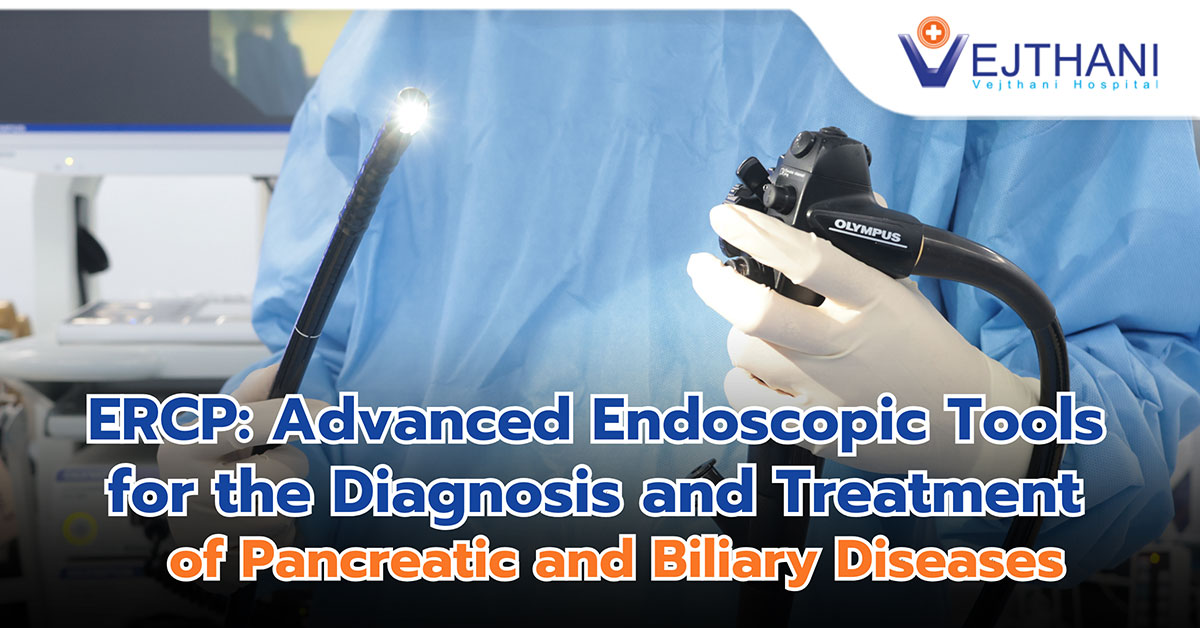
Progressive supranuclear palsy (PSP)
Diagnosis
The diagnosis of progressive supranuclear palsy often relies on symptoms and imaging tests to examine the brain. There is not a specific test for PSP.
To aid in the diagnosis, these tests may be required:
- Magnetic resonance imaging (MRI): This is usually recommended to rule out other potential causes like Parkinson’s disease or stroke. MRI can detect specific brain shrinkage patterns associated with certain conditions.
- Positron emission tomography (PET) scan: Early brain changes that might not be visible on an MRI can be detected by this test.
Generally, diagnosing progressive supranuclear palsy can be challenging because its symptoms overlap with Parkinson’s disease. However, PSP might be suspected if a person lack tremors, experience frequent unexplained falls, have little or no response to Parkinson’s medications, or struggle with moving the eyes downward.
Treatment
Treatment for progressive supranuclear palsy primarily aims to alleviate symptoms and improve the patient’s quality of life. This approach includes various interventions such as oral medications, eye therapies, and movement exercises. Participation in clinical trials for PSP could be an avenue worth considering. Researchers are actively developing treatments for PSP, some of which focus on preventing the formation of tau or facilitating its breakdown.
Common treatment options include:
- Oral medications: Several medications are available to manage symptoms of progressive supranuclear palsy:
- Antiparkinsonian medications: Although these medications have a limited and brief effect typically 2 to 3 years, they can provide temporary relief for PSP symptoms like balance issues, stiff muscles, slow movements, and tremors. Commonly prescribed medications, typically used for Parkinson’s disease, include levodopa, levodopa with anticholinergic agents, and amantadine.
- Antidepressants: Antidepressants such as fluoxetine, amitriptyline, and imipramine may be prescribed to address clinical depression associated with PSP. These may only slightly improve symptoms like impulsive behavior.
- OnabotulinumtoxinA (Botox): Botox helps reduce eyelid spasms by blocking the chemical impulses that cause muscles to contract. It could provide temporary relief by relaxing the muscles around the eyes.
- Special eyeglasses with prism lenses: These allows a person to see below their direct line of sight without needing to move their eyes downward, providing a solution for vision issues related to the condition.
- Movement therapies: Several therapies can assist in alleviating certain symptoms of progressive supranuclear palsy:
- Speech therapy: The therapy targets improving speech and swallowing difficulties, providing support in communication and nutrition.
- Occupational therapy: This involves working with healthcare professionals to enhance daily task performance, focusing on standing, sitting, movement techniques, and using adaptive tools safely.
- Physical therapy: Treatment aims to address pain, stiffness, and mobility challenges, aiding individuals in managing movement difficulties effectively.




















